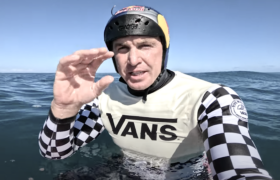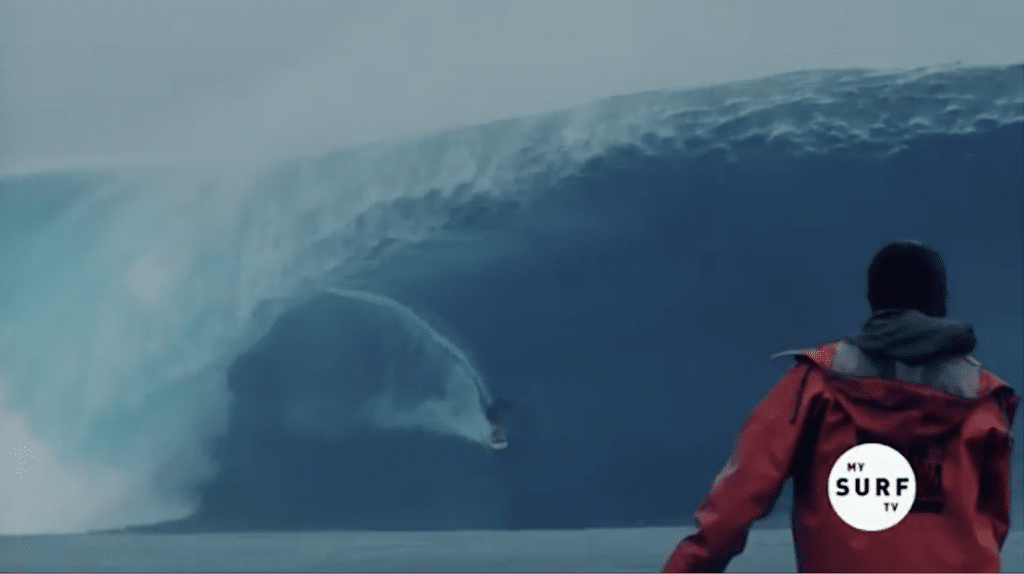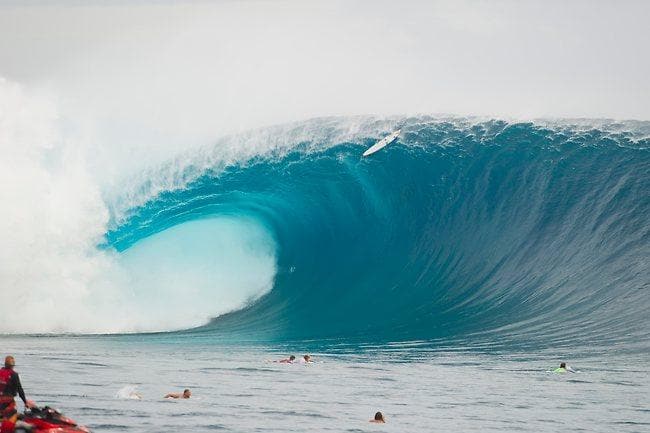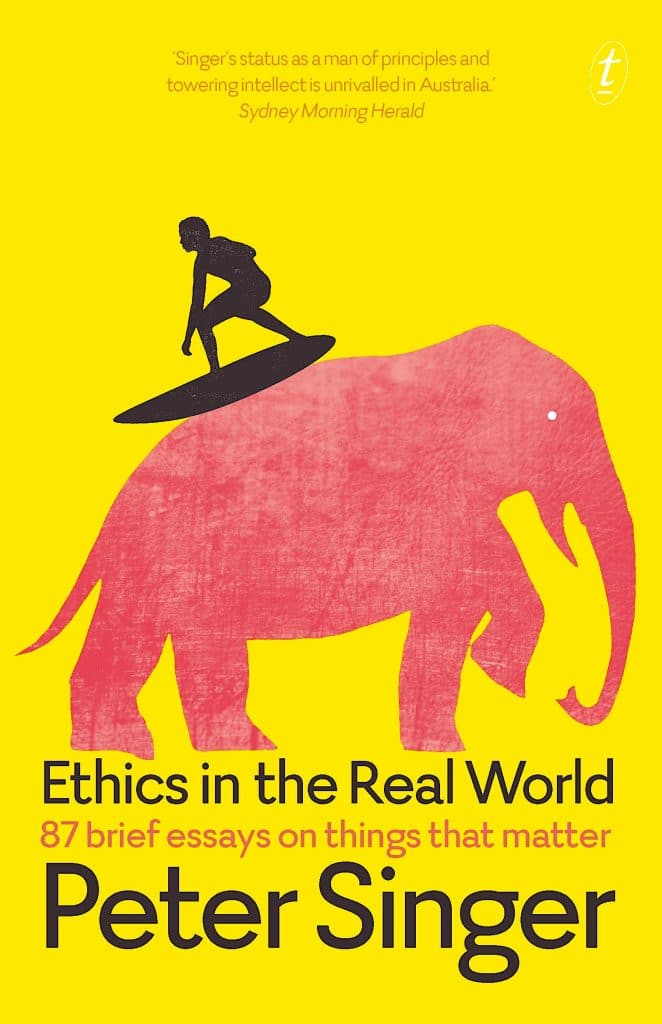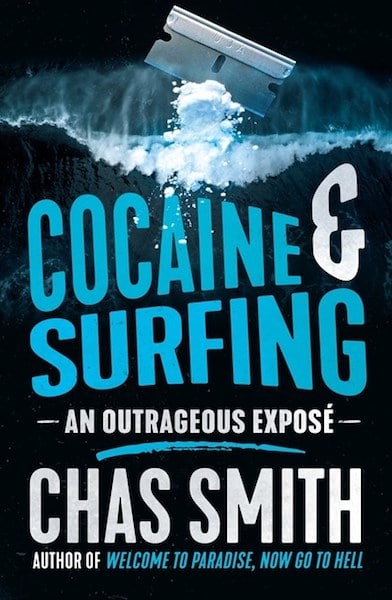Drugs are horrible but funny and surfing is amazing but pointless!
There are few people more important to surfing than Matt Warshaw. He has, single handedly, decided to take the past, present and future of our favorite activity and codify it for others and for all time. Oh sure the exhaustive entires, the factual information, the knowledge is important and valuable but what I love most is Matt’s tone. Matt’s tone is what people’s surf understanding will be. His tone is how surfing will be felt. And thus it was one of the greatest honors of my life to have him write the introduction to Cocaine + Surfing. The book officially squirts into the world on June 12 and I have been begging for you to pre-order (America! Australia!) but discovered a secret a few days ago. You can get today on iBooks. In its entirety including Matt Warshaw’s introduction which I am posting below with tears in my eyes.
Here are two things to know before diving into Chas Smith’s remarkable Cocaine and Surfing: A Love Story.
Drugs are funny. Not always. Not often, in fact. But often enough. Like any other culturally attuned Baby Boomer, I learned this from Richard Pryor, who alchemized a raging drug habit into comic gold. Maybe you’ve heard of the Pryor-on-fire episode? After a five-day freebase bender in 1980, Pryor, hallucinating and hearing voices, poured a bottle of Bacardi 151 over his head, flicked his cigarette lighter, then ran flaming down his driveway and into the street. God himself was a Pryor fan, though, and Richard survived. Eighteen months later I was in a packed movie theater for the opening weekend of Pryor’s Live on Sunset Strip, and there he was onscreen, earlobes all waxy and scarred, reenacting a conversation between his drug-addled self and a menacingly calm-voiced base pipe-I won’t quote here; quoting Pryor never works-and while part of me knew the story was horrifying, like everybody else in the theater I was gasping and weeping and rocking back and forth with laughter.
Surfing is pointless. That’s the second thing. It is joyful and gorgeous and exciting and more, absolutely, in spades, and not pointless in the nihilistic way that drugs are pointless. But pointless enough. This was hard for me to accept. At age nine, riding waves became the maypole of my life, and everything else-school, career, travel, family, friends, love interests-would trail behind like so many fluttering ribbons. Surfing first, the rest second or third or whatever. I did that for 40 years. For a long time, it felt noble and serious and superior. Eventually I got married and had a son, demoted surfing to its rightful place below family, friends, career, and came to believe that surfing was simply a way of pleasuring yourself. A beautiful thing to do, healthy and compelling and of a far higher order of pleasure than what all of us think of when the phrase “pleasuring yourself” is used. I would argue in fact that surfing is indeed “a most supreme pleasure” as Captain Cook (or his ghostwriter) put it centuries ago. I would go even further and say that surfing is to sports-world pleasure what Richard Pryor is to comedy.
Isn’t that enough? For a totally non-productive act of self-pleasure, isn’t it enough that it be a very good type of self-pleasure, maybe the best of all? Apparently not. We want more. We want significance and weight.
And thus a tendency for the long-form examination of surfing (and many short-form takes as well) to overreach. To burden the sport with importance, to pair it thematically with all manner of greater meaning, up to and including enlightenment. A filmmaker called me last week to pitch a multi-part documentary series on surfing that would provide viewers with (his words) “a
a holistic examination of the human condition past, present, and future through the lens of international surf culture.” I don’t speak for all surfers. But my experience, and the experience of pretty much everyone I’ve surfed with over the the past 50 wonderful wave-filled years, is that we’re not doing anything constructive, much less enlightening, out there. We are mostly practicing. Because, wow, this is a hard sport. We are trying to do it right for just a few seconds in a row. We unwind a little afterwards, if things go well. But just as often we end up frustrated, sometimes horribly so. Because, and I mean seriously, it is a really fuck-off hard sport.
I would devour a book on surfing and frustration with the same single-mindedness I give to avoiding books on surfing and enlightenment.
But for now we have Cocaine and Surfing, which, now that I think about it, is actually a much better fit, book-wise, than frustration and surfing.
Nobody but Chas Smith could have pulled off Cocaine and Surfing. His comedic chops, for starters, are unequaled in the world of surf, and not just in 2018, but for all time. More importantly, he understands, to the finest degree, that drugs are horrible but funny and surfing is amazing but pointless. Which makes Cocaine and Surfing a high-wire act. Comedy leads, but other, darker elements are present at all times. There are shadows behind the laughter. You get that from the opening pages, as two nameless gacked-out pro surfers wrestle in Chas’ car while he chauffeurs them to a club in Huntington Beach, half amused and half pissed off. It is a three-page comic riff, but with an aftertaste of sadness, as you realize that both surfers are destined for a ten-year hangover, and very likely a depressed middle age. Hilarity cut with pain and sadness and anger. It’s a hard mix to get right. Incredibly hard. You bring Pryor-grade skills to the table when you sit down and write a book like this, in other words, or you burn the first draft and go back to bitchy three-paragraph blog posts about world tour judging system.
Back to the anger for a moment, because anger is the secret power of Cocaine and Surfing, as it is for nearly all of Chas Smith’s work. The sport may be amazing and pointless to him, but it is also dear, and personal in the way that all obsessions are personal. Something worth protecting. Chas watches as our once-undomesticated sport is yoked and dragged from the cultural outback to a bland commons area filled with committee-designed surfwear and bloodless journalism and drone-like pros who, after a close loss, rather than impaling their boards on the nearest fence post and storming off the beach, smile gamely into the camera and say their opponent surfed great, that it’s all a learning experience, that they’re looking forward to the next event. All of this makes Chas angry. The blandness, yes. But mostly the hypocrisy. The sport’s own self-betrayal. We should know better-we used to know better-than to try and reshape surfing into a sport that fits into a Mutual of Omaha ad campaign, or an Olympic telecast. Selling the sport isn’t a crime. But sell it on our own terms, the way Bruce Brown did with Endless Summer. Make them come to us. And if they don’t, so what? But no, we continue slicing off our legacy of cool, of independence, piece by piece, in exchange for a seat in the nose-bleed section of mainstream culture. Then we compound the error (not “we,” actually, but the World Surf League, the NYSE-traded surfwear companies, and whoever convinced the IOC to make surfing an Olympic sport for the 2020 games in Tokyo) by passing off this auto-swindle as growth and progress.
That’s where Chas’ anger comes from. And if you follow his work-mostly on the BeachGrit website, but also in his excellent first book Welcome to Paradise, Now Go To Hell-you already know the glory of an angry Chas Smith: the dandified scarecrow in worn Louis Vuitton drivers and a flawless Dior shirt, pirouetting his way across beaches and boardrooms and party halls in a weaponized good mood, encouraging us to laugh both at him and with him as he delivers one loafer-shod kick after the other to the sternum of any person or entity who would further chip away at whatever free-range soul surfing has left.
In other words, for all the comedy and pointlessness I’ve talked about here vis-à-vis drugs and surf, and Cocaine and Surfing, there are stakes on the table. There are risks involved. For drug users, of course. But drug use can be can be temporary. Reversals are possible. Today’s bent coke-out surfer might be straight and redeemed tomorrow. The stakes for surfing, however, in terms of its identity-the way the sport presents and views itself-are also high, but not reversible. Barring some kind of apocalyptic global socio-industrial meltdown, a fully tamed and enfranchised and corporate-friendly version of surfing will never gain back what it lost.
Do I think this book will halt, or even slow, our slide into a broader, safer, blander age?
No. I do not. But Cocaine and Surfing is truthful and smart, and very very funny, and when I laugh it hurts less.
Buy in its entirety here!


